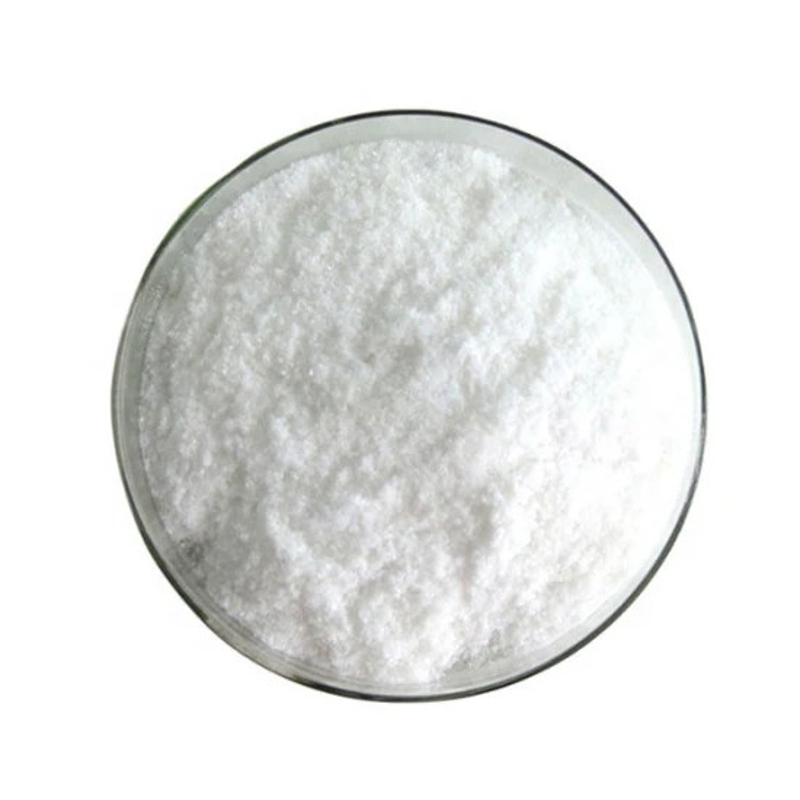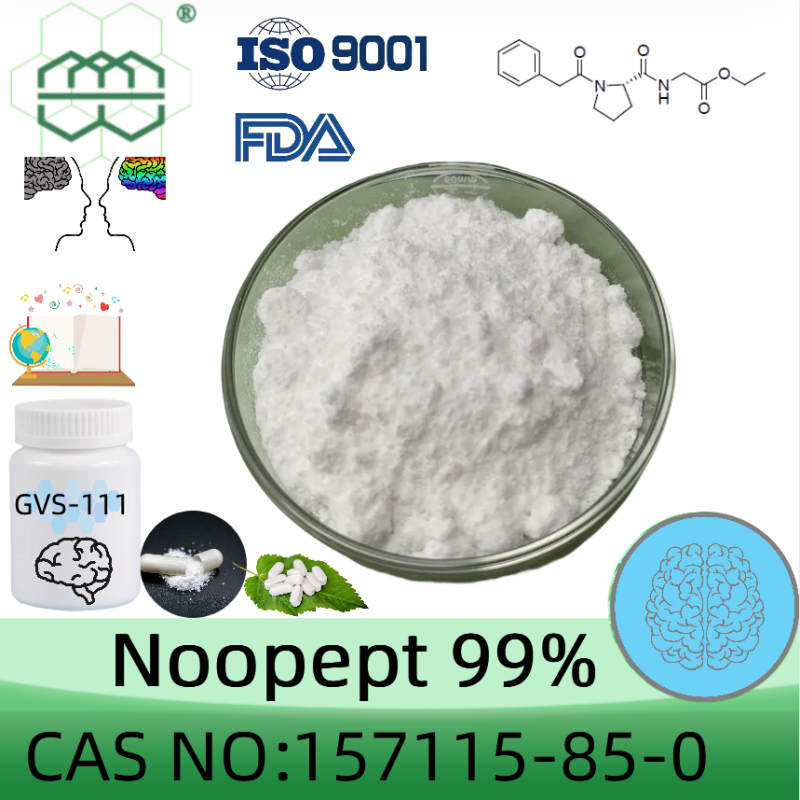-
Categories
-
Pharmaceutical Intermediates
-
Active Pharmaceutical Ingredients
-
Food Additives
- Industrial Coatings
- Agrochemicals
- Dyes and Pigments
- Surfactant
- Flavors and Fragrances
- Chemical Reagents
- Catalyst and Auxiliary
- Natural Products
- Inorganic Chemistry
-
Organic Chemistry
-
Biochemical Engineering
- Analytical Chemistry
-
Cosmetic Ingredient
- Water Treatment Chemical
-
Pharmaceutical Intermediates
Promotion
ECHEMI Mall
Wholesale
Weekly Price
Exhibition
News
-
Trade Service
Favorable weather conditions, new production areas and higher demand from markets such as the United States have combined to boost expor.
But the South African citrus industry is facing several challenges, such as sharp spikes in input costs (especially fuel and fertiliser) and transport costs, ongoing challenges in South African port operations, and the impact of the Russia-Ukraine conflict on existing trade patter.
As a result, the profitability and sustainability of the industry are threatened and future investments may be limit.
grapefruit
Driven by surging global demand, particularly in Europe, Asia and the Middle East, the area planted with grapefruit in South Africa has grown by 25% over the past seven years, reaching 9,200 hectares (138,000 acres) this seas.
The red-fleshed grapefruit, Star Ruby, is in high global demand and remains the dominant variety, accounting for 88% of the total planted ar.
Other varieties are the yellow meat varieties Marsh, Fe 1 (Jackson), Pomelit, Rose and Redhea.
The red-fleshed grapefruit, Star Ruby, is in high global demand and remains the dominant variety, accounting for 88% of the total planted ar.
Other varieties are the yellow meat varieties Marsh, Fe 1 (Jackson), Pomelit, Rose and Redhea.
Grapefruit production is forecast to rise 8% this season to 380,000 tonnes, while exports are expected to fall 5% to 275,000 tonn.
In April 2022, South Africa was hit by heavy rains and severe floodi.
Durban was particularly hard hit, with roads destroyed and port operations affect.
Exports of grapefruit, usually harvested between March and September, have been affected by floodi.
In April 2022, South Africa was hit by heavy rains and severe floodi.
Durban was particularly hard hit, with roads destroyed and port operations affect.
Exports of grapefruit, usually harvested between March and September, have been affected by floodi.
In 2020/21, South Africa exported a record 290,607 tonnes of grapefruit despite the global shipping crisis, civil unrest in KwaZulu-Natal and cyber attacks on the South African state-owned Transnet port system, The year-on-year increase was 1
The record was largely due to a nearly 20% increase in exports to China
In 2021, the South African Fruit Association signed a memorandum of understanding with the China Chamber of International Commerce to promote deeper cooperation and exchange of statistical information between the fresh fruit industries of the two countries, which has had a positive impact on tra.
China is the .
1 market for South African grapefruit exports in 2020/21, with exports reaching 77,707 tons, accounting for 27% of South Africa's total grapefruit expor.
Other major export markets are the Netherlands (25%), Japan (10%), Russia (8%) and Hong Kong (4.
The record was largely due to a nearly 20% increase in exports to China
In 2021, the South African Fruit Association signed a memorandum of understanding with the China Chamber of International Commerce to promote deeper cooperation and exchange of statistical information between the fresh fruit industries of the two countries, which has had a positive impact on tra.
China is the .
1 market for South African grapefruit exports in 2020/21, with exports reaching 77,707 tons, accounting for 27% of South Africa's total grapefruit expor.
Other major export markets are the Netherlands (25%), Japan (10%), Russia (8%) and Hong Kong (4.
fresh orange
The area under cultivation of fresh oranges is expected to continue to grow steadily, increasing by 2% in the current year to 47,750 hectares (about 716,000 m.
Among them, Valencia oranges account for two-thirds of the total area and navel oranges account for one-thi.
The main variety planted is Midnight, which accounts for 25% of the total area, followed by Valencia Late (10%), Delta (9%) and Turkey (7%) varieties, as well as Bennie, Palmer, Cambria and othe.
The production of fresh oranges this season is expected to increase by 6% to 6 million to.
Among them, Valencia oranges account for two-thirds of the total area and navel oranges account for one-thi.
The main variety planted is Midnight, which accounts for 25% of the total area, followed by Valencia Late (10%), Delta (9%) and Turkey (7%) varieties, as well as Bennie, Palmer, Cambria and othe.
The production of fresh oranges this season is expected to increase by 6% to 6 million to.
South Africa exports fresh oranges to more than 100 countries around the world, and exports are expected to grow by 5% this year to a record 36 million tonn.
The EU remains the largest overseas market for South African oranges, accounting for about 40% of total expor.
Mainland China is the fifth largest export market for South African fresh oranges, with 72,744 tons of South African fresh oranges entering the Chinese market last seas.
The EU remains the largest overseas market for South African oranges, accounting for about 40% of total expor.
Mainland China is the fifth largest export market for South African fresh oranges, with 72,744 tons of South African fresh oranges entering the Chinese market last seas.
Tangerine/soft orange
The area planted to South African mandarins/mandarins has grown exponentially over the past decade, increasing by 7% to 28,000 hectares ( (about 420,000 mu.
The main variety cultivated is Nardocott, which accounts for about 20% of the total area, other varieties are Arccit 9 (12%), Nules (12%), Tango (11%), Nova (10%), Leanri (9%) and Orri (8.
The main variety cultivated is Nardocott, which accounts for about 20% of the total area, other varieties are Arccit 9 (12%), Nules (12%), Tango (11%), Nova (10%), Leanri (9%) and Orri (8.
Tangerine/soft mandarin production is expected to continue to grow strongly this season, up 12% year-on-year to 660,000 tonnes, while exports are also expected to rise 12% to a record 570,000 tonn.
Global demand for mandarins/mandarins remains strong, with the EU and UK accounting for 45% of South Africa's total exports, followed by the US (9%), the United Arab Emirates (8%) and Russia (8.
China is the seventh largest export market for South African mandarins/mandarins, with 24,098 tonnes exported in the previous ye.
Global demand for mandarins/mandarins remains strong, with the EU and UK accounting for 45% of South Africa's total exports, followed by the US (9%), the United Arab Emirates (8%) and Russia (8.
China is the seventh largest export market for South African mandarins/mandarins, with 24,098 tonnes exported in the previous ye.
Lemon/Lime
The area planted with lemons/limes in South Africa has more than tripled in the past decade, driven by rising global demand and rising global pric.
The planting area of lemons/limes increased slightly to 18,500 hectares (about 277,500 mu) this seas.
By far the most popular variety of lemons grown in South Africa is Eureka, which accounts for 75% of the total planted ar.
Other varieties are Lisbon (8%) and 2Ph Seedless (6.
The production of lemons/limes is expected to increase by 7% this season to an all-time high of 670,000 tonn.
The planting area of lemons/limes increased slightly to 18,500 hectares (about 277,500 mu) this seas.
By far the most popular variety of lemons grown in South Africa is Eureka, which accounts for 75% of the total planted ar.
Other varieties are Lisbon (8%) and 2Ph Seedless (6.
The production of lemons/limes is expected to increase by 7% this season to an all-time high of 670,000 tonn.
Exports of lemons/limes from South Africa are expected to increase by 6% this season to a record 530,000 tonnes, due to favorable factors such as increased production, growing demand in the Middle East and Asia, and the reopening of the European hospitality sector after the Covid-19 pandem.
The EU and the UK remain its main export markets, accounting for more than 40% of total expor.
The EU and the UK remain its main export markets, accounting for more than 40% of total expor.







